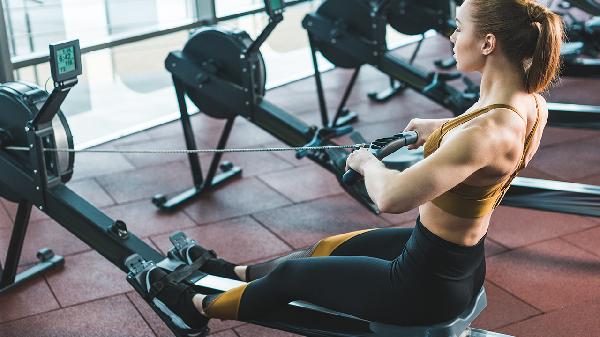Low-impact workouts have taken center stage in the fitness world, and for good reason. Gone are the days when every workout had to leave you gasping for air or nursing sore joints. Instead, people are embracing movement that feels sustainable, joint-friendly, and—dare we say—enjoyable. But what exactly makes a workout "low-impact," and why should you care? Let’s break it down without the fitness jargon overload.
Low-Impact Doesn’t Mean Low Effort
First things first: "low-impact" doesn’t automatically translate to "easy." The term refers to exercises where at least one foot (or hand, if we're talking about moves like planks) stays connected to the ground at all times. This means no jumping, no explosive landings, and significantly less stress on your joints. But here’s the kicker—you can still torch calories, build strength, and get your heart pumping without ever leaving the floor. Think resistance band workouts, Pilates, or even a cycling session where you’re seated but pedaling like you’re being chased.
The Joint-Friendly Advantage
One of the biggest selling points of low-impact exercise is its kindness to your joints. High-impact workouts—like running, plyometrics, or even certain dance styles—can be tough on knees, hips, and ankles, especially if you’re prone to injuries or just starting out. Low-impact alternatives, on the other hand, minimize that wear and tear while still delivering results. Swimming, for example, is a zero-impact superstar that builds endurance and strength without any pounding on your joints. And if you’ve ever tried a slow, controlled Pilates session, you know it can leave you shaking—just without the next-day hobble.
Myth-Busting: Low Impact vs. Low Intensity
Here’s where things get confusing for a lot of people. Low-impact doesn’t necessarily mean low-intensity. You can absolutely turn up the heat in a low-impact workout by increasing resistance, speed, or range of motion. Rowing, for instance, is a killer low-impact workout that can leave you drenched in sweat. Meanwhile, a slow, meditative yoga flow is both low-impact and low-intensity. The key is understanding that "impact" refers to joint stress, while "intensity" is about how hard your body is working. So yes, you can still challenge yourself—just without the jumping jacks.
Who Benefits Most from Low-Impact Workouts?
While low-impact workouts are great for just about anyone, they’re especially beneficial for a few key groups. If you’re recovering from an injury, dealing with joint pain, or just getting back into fitness after a long break, low-impact exercises can help you rebuild strength safely. Pregnant folks also often turn to low-impact workouts (like prenatal yoga or swimming) to stay active without added strain. And let’s not forget the aging population—maintaining mobility and strength becomes even more crucial as we get older, and low-impact workouts offer a sustainable way to stay fit without risking injury.
How to Incorporate Low-Impact Workouts Into Your Routine
You don’t have to ditch your favorite high-intensity workouts to make room for low-impact movement. Instead, think of it as balancing your fitness routine. If you love running, try swapping one or two sessions a week with cycling or an elliptical workout to give your joints a break. If you’re into strength training, focus on slow, controlled movements with heavier weights instead of explosive jumps. Even small tweaks—like stepping instead of jumping during a HIIT routine—can make a big difference in the long run.
At the end of the day, fitness shouldn’t feel like punishment. Low-impact workouts prove that you can move your body, break a sweat, and feel amazing—without the unnecessary wear and tear. Whether you’re looking for a gentler way to stay active or just want to mix things up, there’s a low-impact workout out there with your name on it.
























